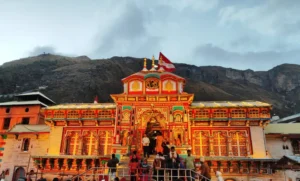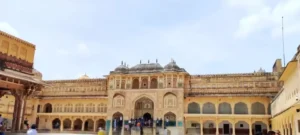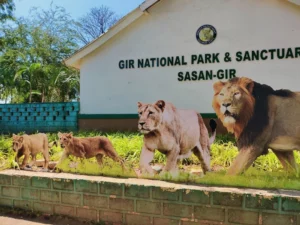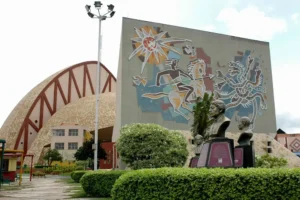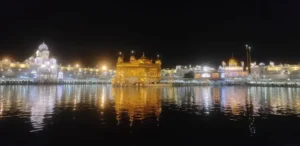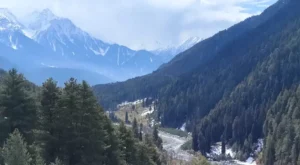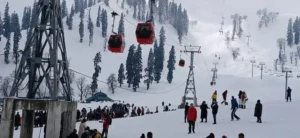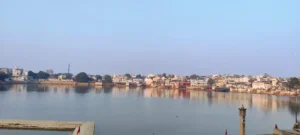Nestled in the lap of the Himalayas, Srinagar is the crown jewel of Kashmir. With its tranquil lakes, colorful gardens, and snow-capped peaks, this city offers a soul-soothing escape. Whether you’re a nature lover, photographer, or just in need of a peaceful getaway, Srinagar has something magical for everyone.
Best time to visit Srinagar
Spring (March to April) – Bloom Season
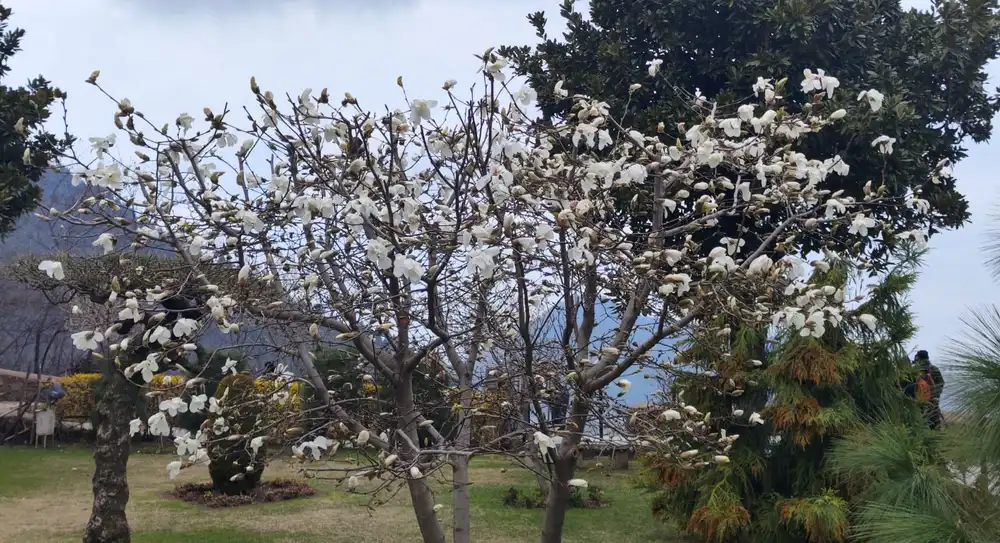
Trees sprout fresh leaves and the Mughal Gardens shine with lush greenery.
Weather remains pleasant, with temperature ranging in between 10°C to 20°C.
Asia’s largest Indira Gandhi Tulip Garden is only open during late March to early April.
Summer (May to early July) – Green & Serene
With temperature ranging between 15°C to 30°C, it is ideal for escaping mainland heat, enjoying boating on Dal Lake, and take in the green scenery.
Summers offer long daylight hours to explore and fully accessible routes.
April to June is the most popular and tourist-friendly season.
Autumn (September to November) – Golden Chinar Season
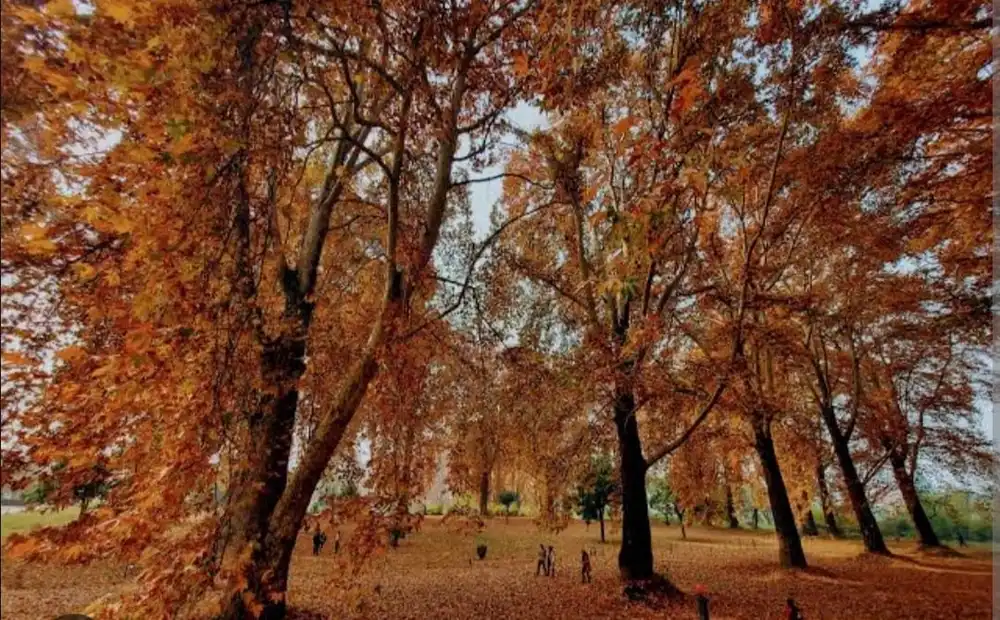
Temperature fluctuates between 7°C to 20°C. Chinar trees turn copper-gold bringing autumn vibes and crisp air.
Winter (December to February) – Snow Wonderland
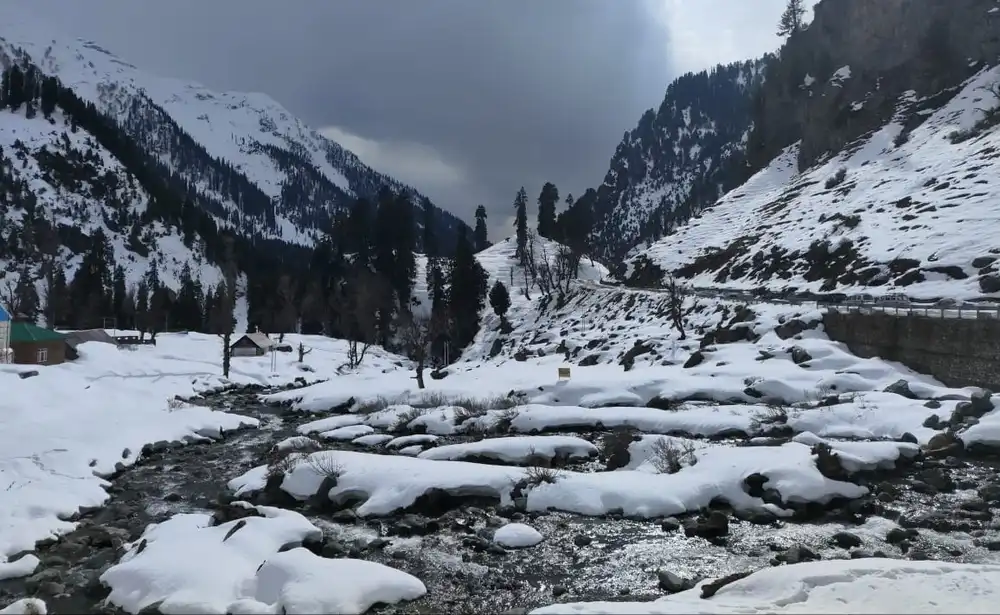
Temperatures drop to -2°C to 10°C. Kashmir sees heavy snow transforming the city into a winter paradise. This delights snow enthusiasts and thrill-seekers.
However, snowfall does disrupt accessibility via road, so one needs to be flexible to adjust their itinerary accordingly.
Places to visit
Peace at the peak — Shankaracharya Temple
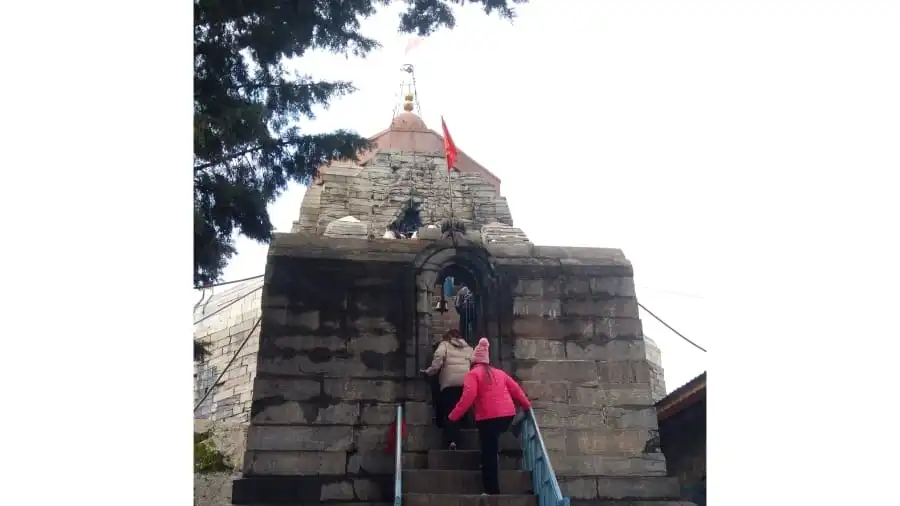
Perched atop Shankaracharya Hill, this ancient temple offers not just spiritual vibes but 360° panoramic views of Srinagar and Dal Lake. Dedicated to Lord Shiva, it dates back to the 9th century and is also known locally as Takht-e-Sulaiman.
Timings: 7 AM – 8 PM
Entry is free, but it is advised to carry a valid ID. Security check is mandatory.
Photography isn’t allowed inside the temple.
To reach the temple, one has take stairs or a short hike. It is best to reach early, as with progress of the day, the area becomes crowded. The temple offers stunning sunrise/sunset views over the city.
Mughal Gardens
Shalimar Bagh
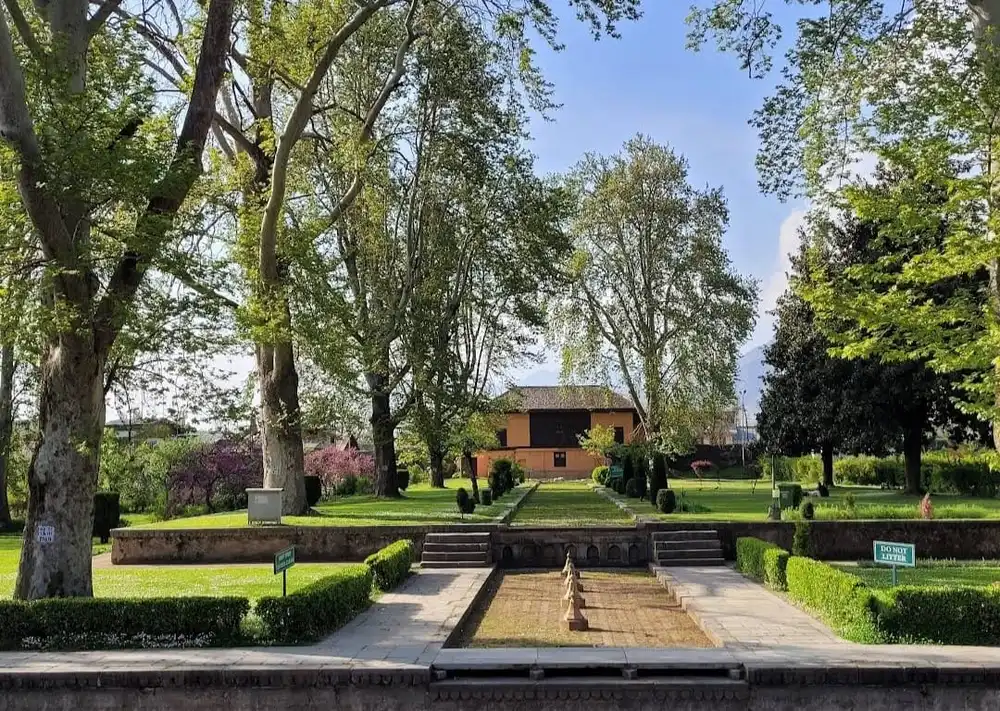
Built by Emperor Jahangir in 1619 for his beloved wife Noor Jahan, Shalimar Bagh is the largest of Srinagar’s three iconic Mughal gardens. Known as the “Abode of Love”, it’s a perfect blend of Persian design, cascading terraces, flowing fountains, and centuries-old Chinar trees.
Three terraced levels, each representing different sections for royalty. The garden has beautifully aligned water channels and fountains based on Persian garden architecture (Charbagh style). The central canal reflects the sky and garden, creating a magical symmetry.
Entry Fee: ₹30 (Indian citizens), higher for foreigners.
On a black marble slab inside the central pavilion (the “Black Pavilion” or “Baradari”) of Shalimar Bagh, there’s a beautiful Persian couplet inscribed, attributed to Emperor Jahangir, translated to: “If there is a paradise on Earth, it is this, it is this, it is this.” This quote perfectly captures the Mughal emperors’ deep admiration for Kashmir’s natural beauty.
Nishat Bagh
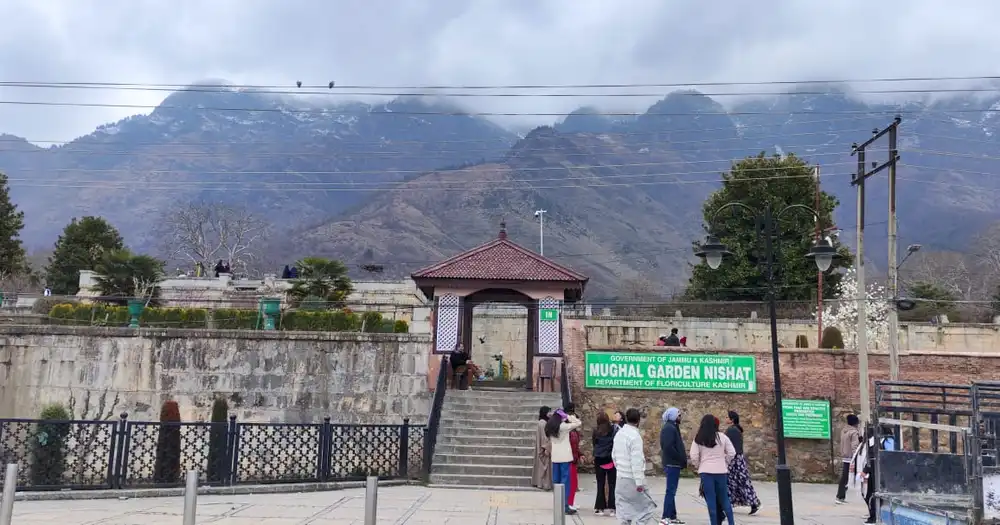
Located on the eastern banks of Dal Lake, with the mighty Zabarwan Mountains in the backdrop, Nishat Bagh is the second-largest Mughal garden in Kashmir. Built in 1633 by Asif Khan, the brother of Empress Noor Jahan, this “Garden of Joy” is a breathtaking blend of natural beauty and Mughal grandeur. The garden features 12 terraced levels, symbolizing the 12 signs of the zodiac. Designed in classic Charbagh style, with central water channels and cascading fountains.
Entry Fee: ₹30 (Indian nationals)
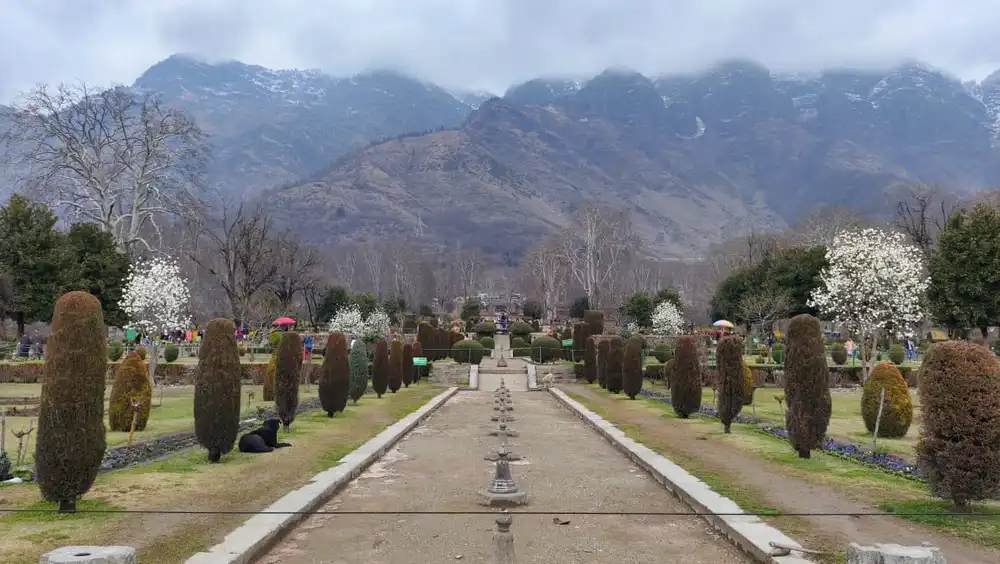
Chashme Shahi

Chashme Shahi, meaning “The Royal Spring”, is the smallest yet most elegant of the three Mughal gardens in Srinagar. Built in 1632 by Ali Mardan Khan under the orders of Emperor Shah Jahan, it’s famous for its natural spring, believed to have healing properties.
Built in classic Persian terraced style, with three levels, central water channels, and floral beds. The spring flows through all the terraces into beautifully designed pools and fountains.
Chashme Shahi is located near the Raj Bhawan (Governor’s House), with tight security— so do carry ID.
Entry Fee: ₹30 (Indians Adult), ₹15 (child below 12yrs), ₹100 (foreign nationals).
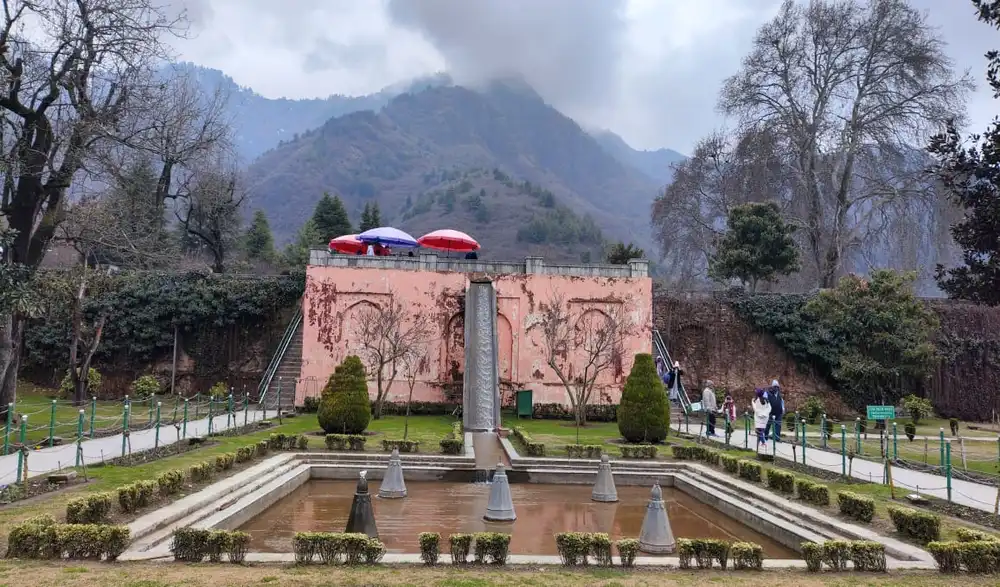
The above of Fairies — Pari Mahal
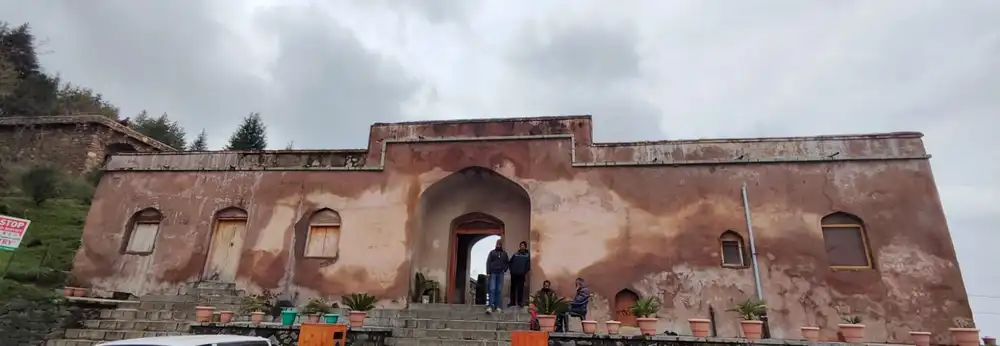
Pari Mahal—literally meaning “The Abode of Fairies”—is a stunning seven-terrace Mughal garden built in the mid-1600s by Dara Shikoh, the eldest son of Shah Jahan. Once a Sufi school and an observatory, today it stands as a peaceful spot with panoramic views of Srinagar and the Zabarwan Range. The garden stands as a blend of Islamic architecture and Persian garden layout.
Entry Fee: ₹30 (Indians Adult), ₹15 (child below 12yrs), ₹100 (foreign nationals).
Located close to Chashme Shahi—so one can combine both in one visit.
The walk through the terraces can be steep—wear comfortable shoes.
Shikara Ride at Dal Lake
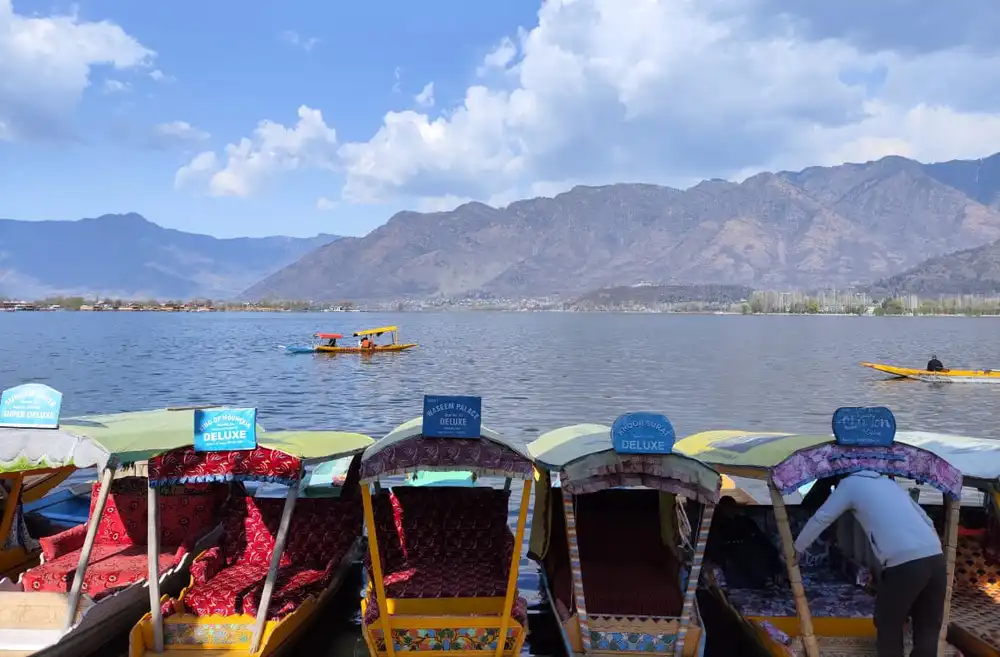
A trip to Srinagar is incomplete without a Shikara ride on the serene Dal Lake. These beautifully carved wooden boats, often called the “Gondolas of the East,” float gently past floating gardens, houseboats, lotus blooms, and the majestic Zabarwan mountains, offering a truly magical experience.
Best Time for a Ride:
Sunrise: Peaceful, fewer tourists, golden reflections.
Sunset: The lake glows in hues of orange and pink—perfect for photography.
Cost: ₹500–₹800 for a 1-hour ride (negotiable). One has to bargain a lot. Don’t agree to the price quoted.
Duration: 30 mins to 2 hours, based on your preference.
Carry cash for small purchases during the ride – floating vendors sell snacks, kahwa, and souvenirs.
Indira Gandhi Tulip Garden
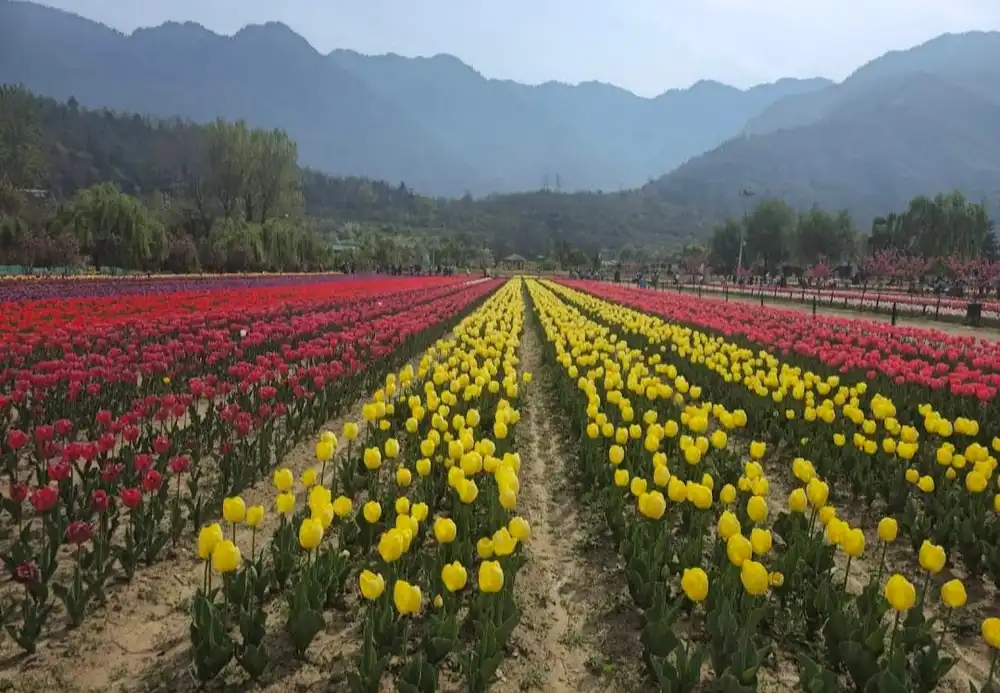
Nestled at the foothills of the Zabarwan Range, overlooking the sparkling Dal Lake, the Indira Gandhi Memorial Tulip Garden is Asia’s largest tulip garden. Spread across 30 hectares, it bursts into a kaleidoscope of colors every spring, hosting over 1.5 million tulips in 60+ varieties.
The garden opens only for 2–3 weeks in late March to mid-April during full bloom.
It is advised to check the dates at JKTDC.
Entry Fee: ₹60 (adults), ₹25 (children).
Opens: 9:00 AM to 7:00 PM (daily during the season)
Best time to visit: Morning (9:00–11:00 AM) or golden hour (4:00–6:00 PM) for great lighting and fewer crowds.
Keep atleast 1-2hrs in hand to explore the garden fully.
Wear comfy shoes—it’s a long walk through flower beds.
Drones and DSLR tripods may not be allowed; check rules at entry.
Hazratbal Shrine
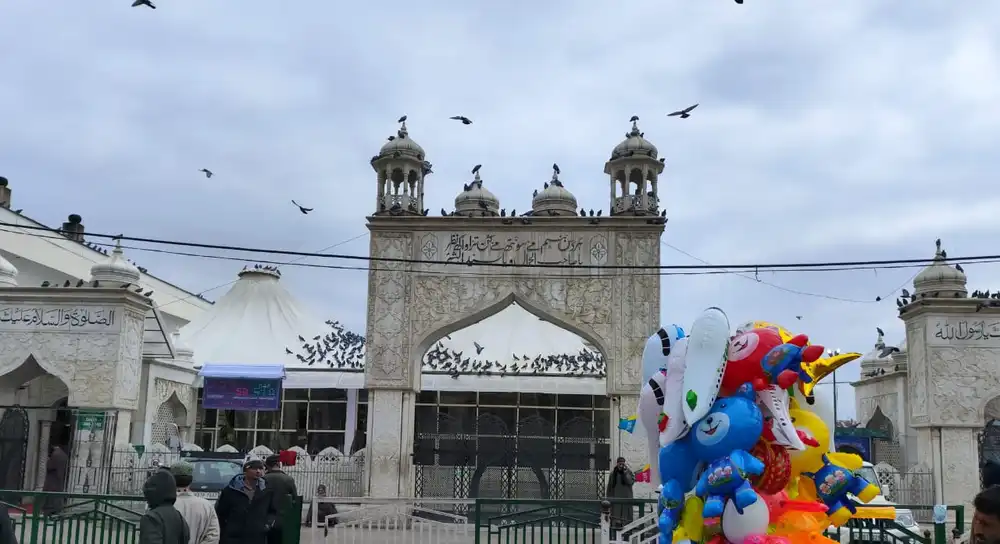
Situated on the northern banks of Dal Lake, the Hazratbal Shrine is one of the most revered Islamic sites in Kashmir. Known for its elegant white marble façade and a backdrop of the Zabarwan Mountains, the shrine holds a relic believed to be the hair of Prophet Muhammad (PBUH), making it a spiritually significant and peaceful destination. Built in Mughal and Kashmiri architecture with a striking white dome. On select holy days, the Prophet’s relic (Moi-e-Muqqadas) is displayed for public viewing.
Open daily from 9:00 AM to 5:00 PM
Entry: Free
One has to remove their shoes before entering and there is space provided to keep shoes.
Open to both men and women, with separate prayer halls. Women are not allowed in the main prayer hall and has to cover their head.
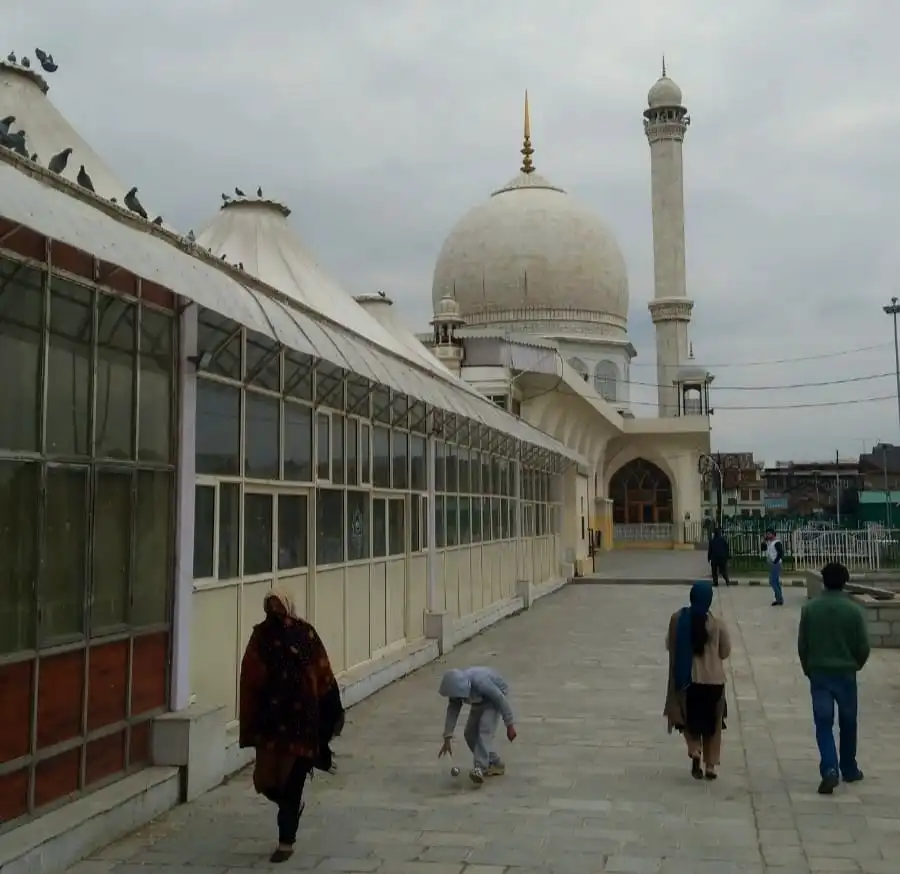
🌄 Conclusion: Srinagar – A Symphony of Soul and Scenery
Srinagar isn’t just a destination—it’s a feeling. From the quiet ripples of a Shikara ride on Dal Lake, the vibrant bloom of tulips in spring, to the spiritual calm of Hazratbal Shrine and the timeless elegance of the Mughal gardens, every corner of this city whispers stories of beauty, history, and peace.
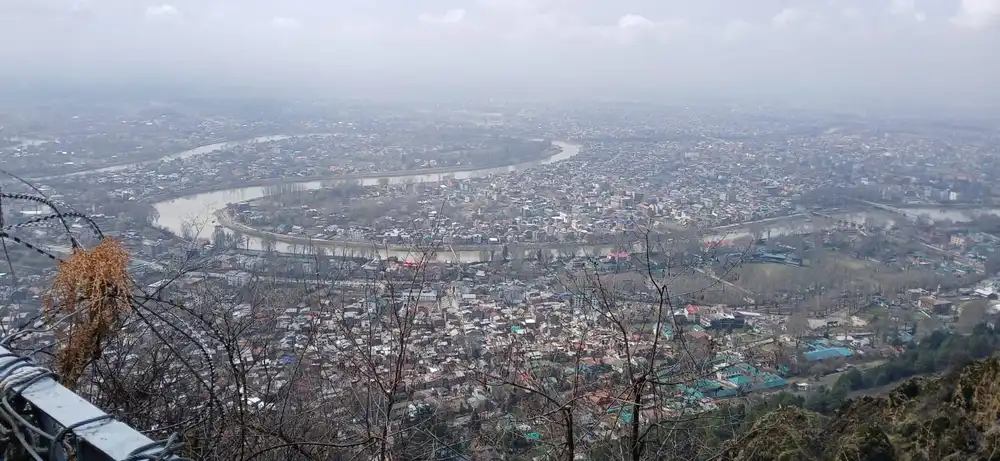
Whether you’re a nature lover, a culture enthusiast, or a seeker of serenity, Srinagar welcomes you with open skies and even warmer hearts. So pack your bags and let this Himalayan paradise steal your breath, just as it has stolen countless hearts for centuries.
And, to quote the renowned poet Amir Khusrau, who said: “Agar Firdaus bar roo-e zameen ast, hameen ast-o hameen ast-o hameen ast.” This translates to: “If there is a paradise on earth, it is this, it is this, it is this.”
✨ Srinagar isn’t just seen—it’s felt. And once you feel it, it never truly leaves you.

